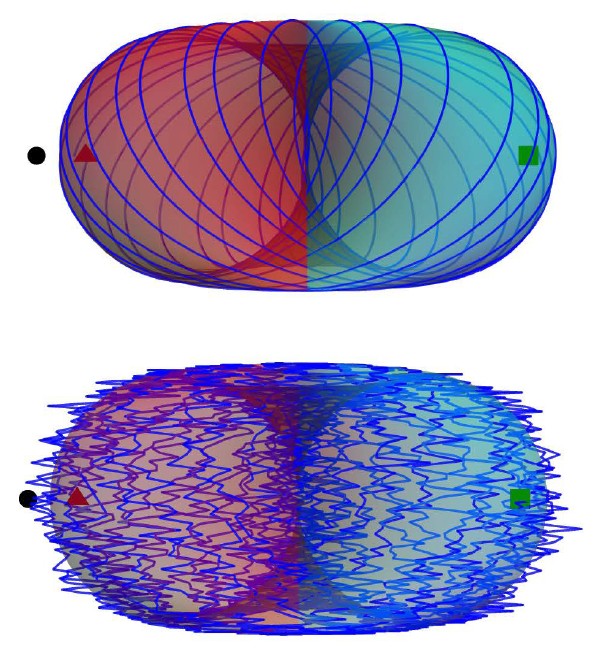
Qianqian Chen, Haibin Liu, Min Yu, Shaoliang Zhang, and Jianming Cai
The features of topological physics can manifest in a variety of physical systems in distinct ways. Periodically driven systems, with the advantage of high flexibility and controllability, provide a versatile platform to simulate many topological phenomena and may lead to novel phenomena that cannot be observed in the absence of driving. Here we investigate the influence of realistic experimental noise on the realization of a two-level system under a two-frequency drive that induces topologically nontrivial band structure in the two-dimensional Floquet space. We propose a dynamical decoupling scheme that sustains the topological phase transition overcoming the influence of dephasing. Therefore, the proposal would facilitate the observation of topological frequency conversion in the solid-state spin system, e.g., nitrogen-vacancy center in diamond.
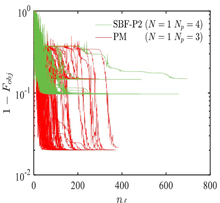
Jiazhao Tian, Haibin Liu, Yu Liu, Pengcheng Yang, Ralf Betzholz, Ressa S. Said, Fedor Jelezko, and Jianming Cai
Quantum optimal control represents a powerful technique to enhance the performance of quantum experiments by engineering the controllable parameters of the Hamiltonian. However, the computational overhead for the necessary optimization of these control parameters drastically increases as their number grows. We devise a variant of a gradient-free optimal-control method by introducing the idea of phase-modulated driving fields, which allows us to find optimal control fields efficiently. We numerically evaluate its performance and demonstrate the advantages over standard Fourier-basis methods in controlling an ensemble of two-level systems showing an inhomogeneous broadening. The control fields optimized with the phase-modulated method provide an increased robustness against such ensemble inhomogeneities as well as control-field fluctuations and environmental noise, with one order of magnitude less of average search time. Robustness enhancement of single quantum gates is also achieved by the phase-modulated method. Under environmental noise, an XY-8 sequence constituted by optimized gates prolongs the coherence time by 50% compared with standard rectangular pulses in our numerical simulations, showing the application potential of our phase-modulated method in improving the precision of signal detection in the field of quantum sensing.
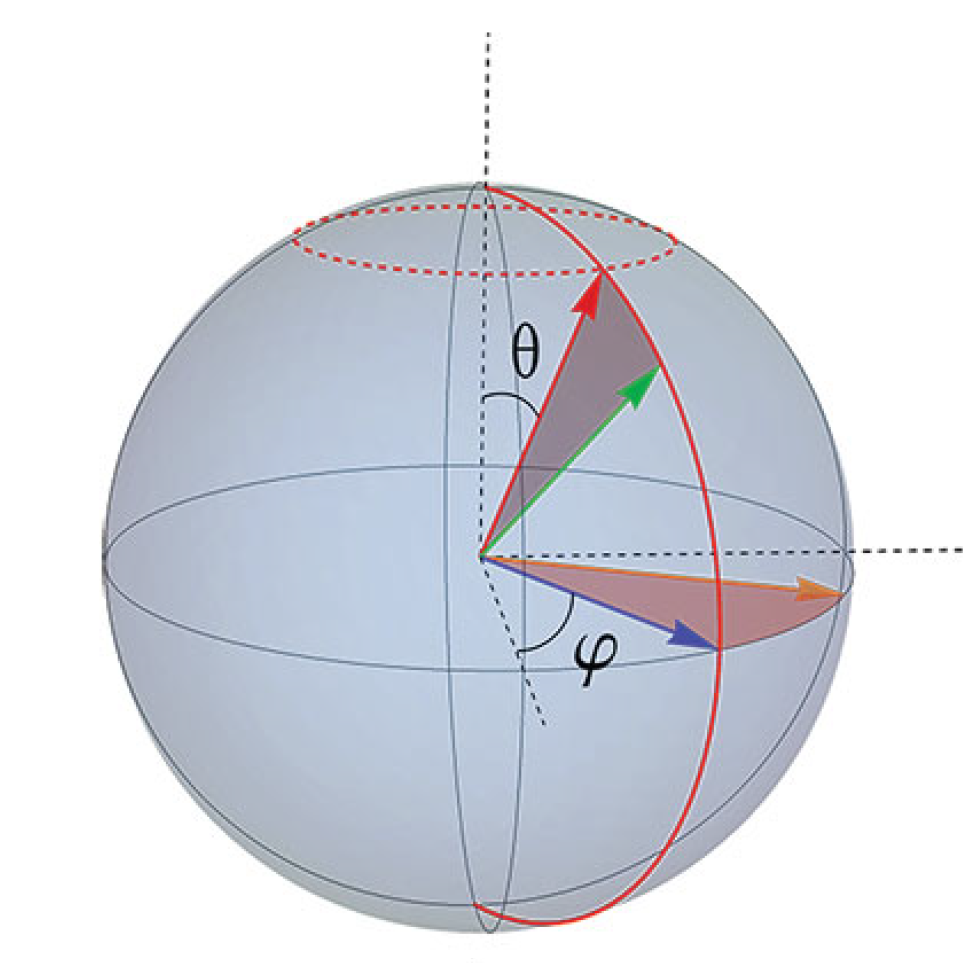
Min Yu, Pengcheng Yang, Musang Gong, Qingyun Cao, Qiuyu Lu, Haibin Liu, Shaoliang Zhang, Martin B Plenio, Fedor Jelezko, Tomoki Ozawa, Nathan Goldman, Jianming Cai
Geometry and topology are fundamental concepts, which underlie a wide range of fascinating physical phenomena such as topological states of matter and topological defects. In quantum mechanics, the geometry of quantum states is fully captured by the quantum geometric tensor. Using a qubit formed by an NV center in diamond, we perform the first experimental measurement of the complete quantum geometric tensor. Our approach builds on a strong connection between coherent Rabi oscillations upon parametric modulations and the quantum geometry of the underlying states. We then apply our method to a system of two interacting qubits, by exploiting the coupling between the NV center spin and a neighboring 13C nuclear spin. Our results establish coherent dynamical responses as a versatile probe for quantum geometry, and they pave the way for the detection of novel topological phenomena in solid state.

Pengcheng Yang, Min Yu, Ralf Betzholz, Christian Arenz, and Jianming Cai
Single-qubit measurements are typically insufficient for inferring arbitrary quantum states of a multiqubit system. We show that, if the system can be fully controlled by driving a single qubit, then utilizing a local random pulse is almost always sufficient for complete quantum-state tomography. Experimental demonstrations of this principle are presented using a nitrogen-vacancy (NV) center in diamond coupled to a nuclear spin, which is not directly accessible. We report the reconstruction of a highly entangled state between the electron and nuclear spin with fidelity above 95% by randomly driving and measuring the NV-center electron spin only. Beyond quantum-state tomography, we outline how this principle can be leveraged to characterize and control quantum processes in cases where the system model is not known.
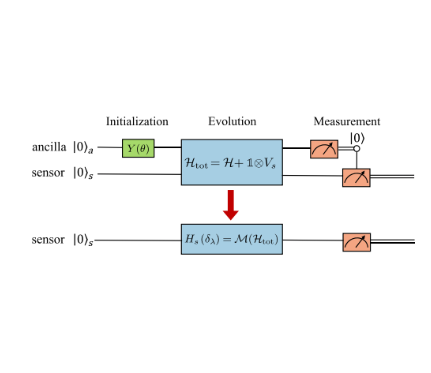
Yaoming Chu, Yu Liu, Haibin Liu, and Jianming Cai
Quantum sensing exploits the fundamental features of a quantum system to achieve highly efficient measurement of physical quantities. Here, we propose a strategy to realize a single-qubit pseudo-Hermitian sensor from a dilated two-qubit Hermitian system. The pseudo-Hermitian sensor exhibits divergent susceptibility in a dynamical evolution that does not necessarily involve an exceptional point. We demonstrate its potential advantages to overcome noises that cannot be averaged out by repetitive measurements. The proposal is feasible with the state-of-art experimental capability in a variety of qubit systems, and represents a step towards the application of non-Hermitian physics in quantum sensing.
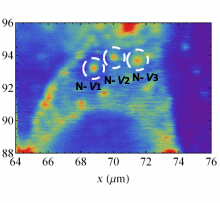
Q.-Y. Cao, P.-C. Yang, M.-S. Gong, M. Yu, A. Retzker, M.B. Plenio, C. Müller, N. Tomek, B. Naydenov, L.P. McGuinness, F. Jelezko, and J.-M. Cai
Because of its superior coherent and optical properties at room temperature, the nitrogen-vacancy (N-V) center in diamond has become a promising quantum probe for nanoscale quantum sensing. However, the application of N-V containing nanodiamonds to quantum sensing suffers from their relatively short spin coherence times. Here we demonstrate energy-efficient protection of N-V spin coherence in nanodiamonds using concatenated continuous dynamical decoupling, which exhibits excellent performance with a less-stringent microwave-power requirement. When this is applied to nanodiamonds in living cells, we are able to extend the spin coherence time by an order of magnitude to the T1 limit of 30 μs. Further analysis demonstrates concomitant improvements of sensing performance, which shows that our results provide an important step toward in vivo quantum sensing using N-V centers in nanodiamond.
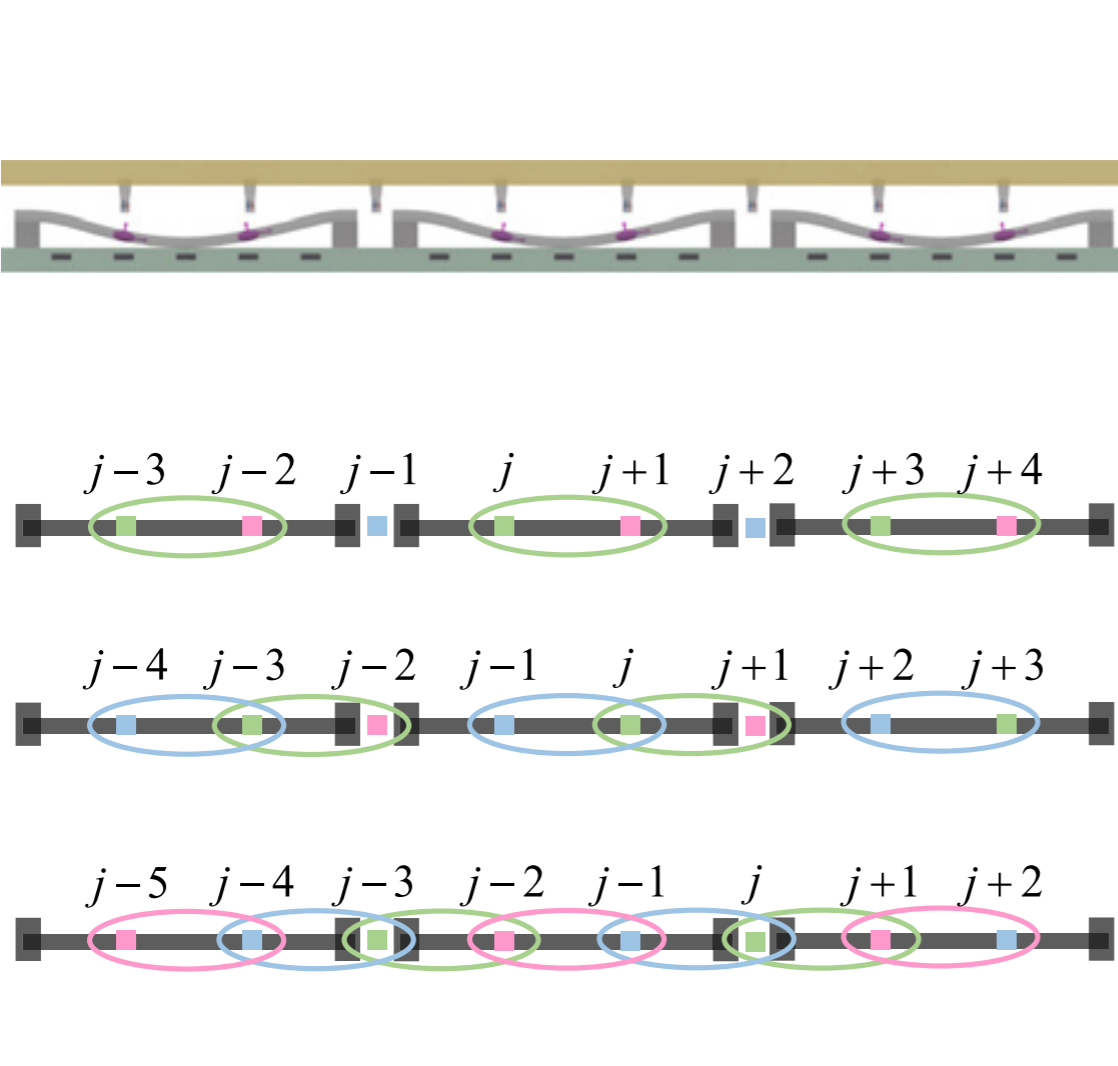
Wanlu Song, Tianyi Du, Haibin Liu, Ralf Betzholz, Jianming Cai
One of the key challenges for the implementation of scalable quantum information processing is the design of scalable architectures that support coherent interaction and entanglement generation between distant quantum systems. We propose a nanotube double quantum dot spin transducer that allows to achieve steady-state entanglement between nitrogen-vacancy center spins in diamond with spatial separations up to micrometers. The distant spin entanglement further enables us to design a scalable architecture for solid-state quantum information processing based on a hybrid platform consisting of nitrogen-vacancy centers and carbon-nanotube double quantum dots.
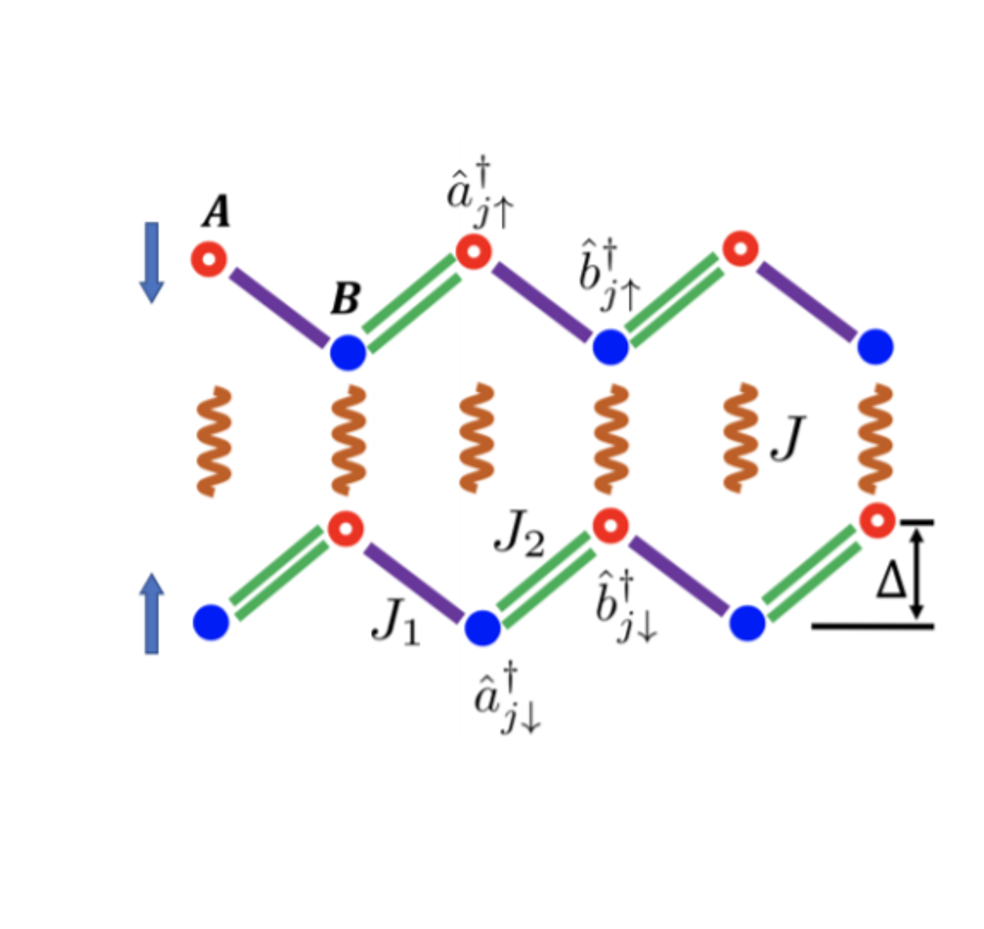
Qianqian Chen, Jianming Cai, and Shaoliang Zhang
Topological quantum pumping, also known as topological charge pumping, represents an important quantum phenomenon that shows the fundamental connection to the topological properties of dynamical systems. Here we introduce a pumping process in a spin-dependent double-well optical lattice with glide symmetry. In the dynamic process, the glide symmetry protects the band-touching points, and topological properties of the system are characterized by the non-Abelian Berry curvature. By engineering a suitable form of coupling between different spin components, the model not only demonstrates topological phase transition but also shows hybridization between the spatial and temporal domain with topological features captured by the Wilson line along the synthetic directions. Our work provides a model based on ultracold atoms towards the implementation of versatile topological matters and topological phenomena in condensed matter systems.
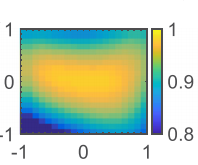
Jiazhao Tian, Tianyi Du, Yu Liu, Haibin Liu, Fangzhou Jin, Ressa S. Said, and Jianming Cai
The nitrogen-vacancy (NV) center spin represents an appealing candidate for quantum information processing. Besides the widely used microwave control, its coherent manipulation may also be achieved using a laser as mediated by the excited energy levels. Nevertheless, the multiple levels of the excited state of the NV center spin make the coherent transition process become complex and may affect the fidelity of coherent manipulation. Here, we adopt the strategy of optimal quantum control to accelerate coherent-state transfer in the ground-state manifold of the NV center spin using a laser. The results demonstrate improved performance in both the speed and the fidelity of coherent-state transfer which will be useful for optical control of the NV center spin in diamond.
| |
版权所有 Copyright(C) 2018 华中科技大学量子传感与量子测量国际联合实验室